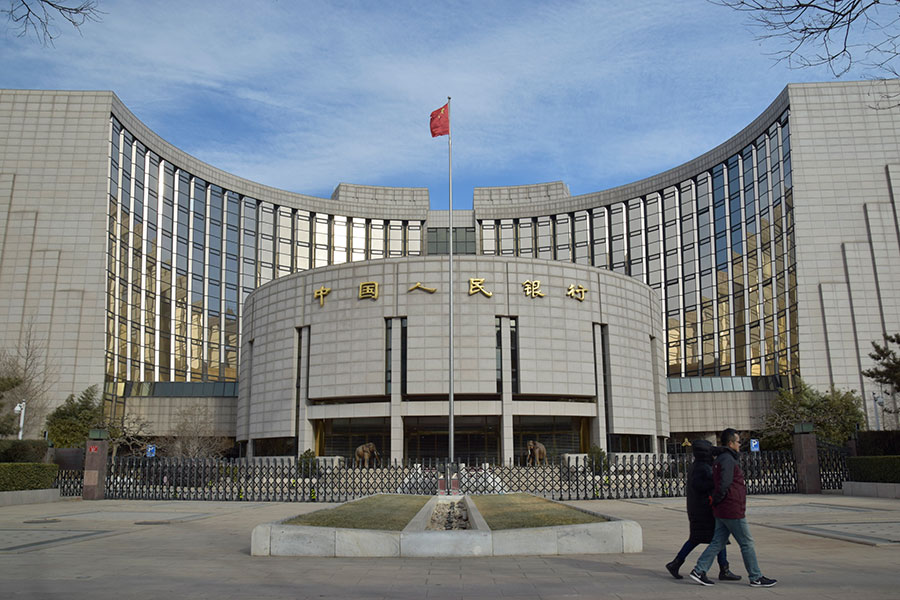Central bank taking steps for a multi-level capital market


China's central bank will take further steps to encourage equity financing and facilitate capital market reforms to diversify financing services in the banking sector, a senior official said on Tuesday.
In response to a top-level financial development plan issued last week, Pan Gongsheng, deputy governor of the People's Bank of China, said the key issue of supply-side reform in the financial sector is to improve the financing structure and let the multi-level capital market play a more significant role.
"The prudent monetary policy will continue to provide a proper monetary and financing environment for financial supply-side reform and high-quality development," Pan said during an interview with China Central Television.
Pan said the central bank will promote market-oriented interest rate reform and prevent "self cycling" of funds within the financial sector, which means investors are trading financial products for arbitrage purposes based on interest rate spreads, rather than injecting funds into the real economy.
The central bank will also support the development of small and medium-sized financial institutions, and diversify the banking and credit systems, Pan said.
China's financial sector has been long dominated by the banking system, or "indirect financing system", compared with relatively weaker equity financing.
At a high-profile meeting on Friday, policymakers called for the building of a multi-level banking system with wide coverage and diverse expertise, while personalized and differentiated financial products that suit market demand should be developed, according to a statement after the meeting.
As for the renminbi's exchange rate, Pan said the central authorities will continually improve its flexibility and enhance the risk management ability given a further opened financial industry.
In January, onshore foreign exchange settlement data from the State Administration of Foreign Exchange showed the non-bank sector recorded net inflows of around $21 billion, compared with an outflow of $4 billion in December.
The renminbi appreciated both against the US dollar and on a trade-weighted basis in January.
"This is the first month of net foreign exchange inflows after May 2018 and the highest inflow since early 2014, and a stronger renminbi has likely been supported by the continued trade talks between China and the US," said Maggie Wei, an economist with Goldman Sachs.




































